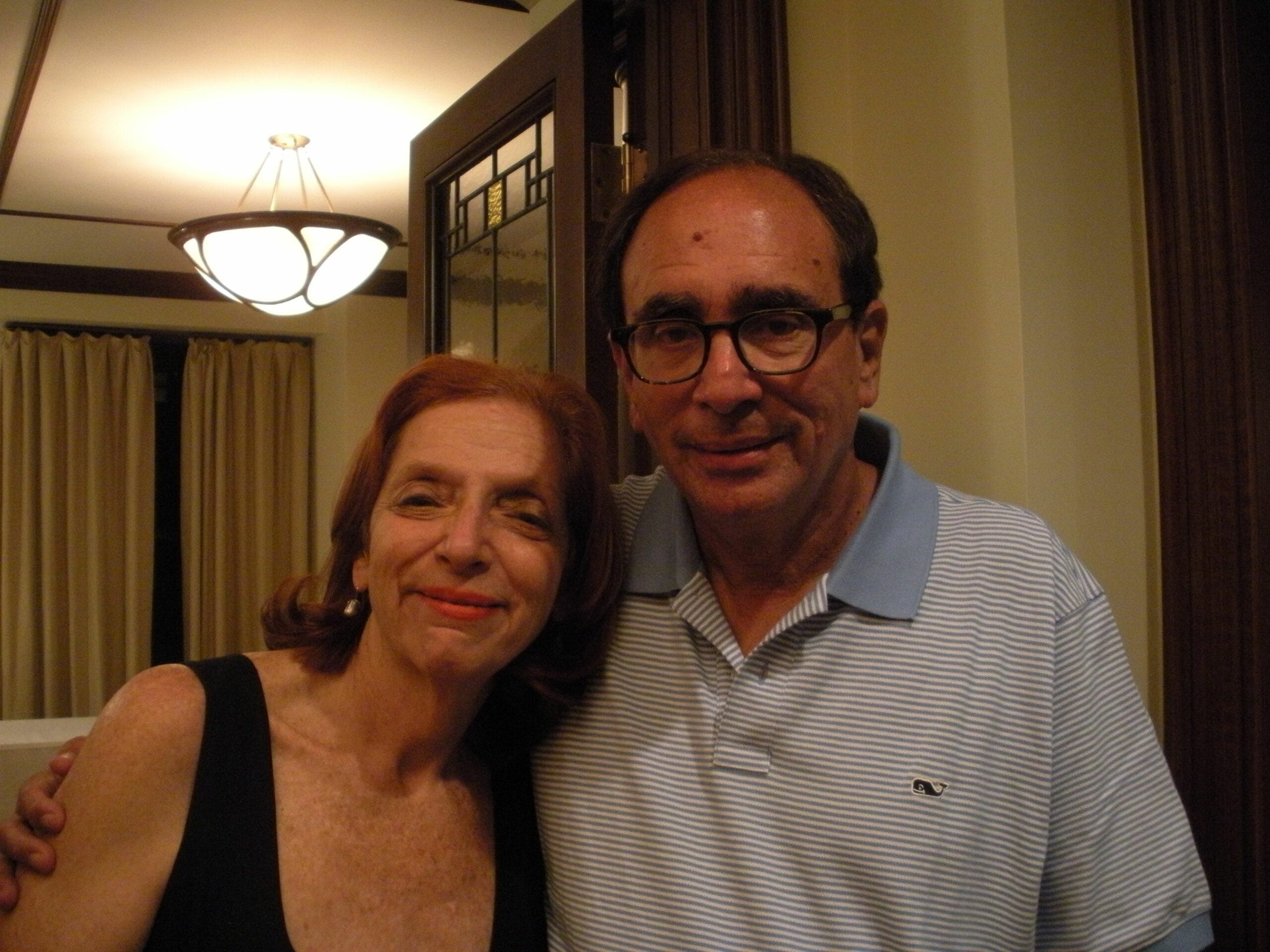R.L. Stine, the undisputed king of creepy kids’ stories, has amassed a fortune that would make even a monster green with envy. This article delves into the fascinating world of R.L. Stine’s finances, exploring how he built a horror empire and accumulated a net worth estimated at a spooky $200 million. From page to screen, we’ll uncover the secrets behind his success.
From Goosebumps to Millions: R.L. Stine’s Financial Journey
R.L. Stine, the master of children’s horror, has a net worth estimated at an impressive $200 million. This financial success likely stems from his knack for crafting spooky stories that resonate with young readers. But how exactly did he transform tales of terror into a substantial fortune? Let’s explore the various avenues that contributed to his remarkable wealth.
The Building Blocks of an Empire: Books, TV, and Beyond
The foundation of R.L. Stine’s financial success is undoubtedly the “Goosebumps” series. With over 400 million copies sold globally, “Goosebumps” is a cultural phenomenon that has captivated generations. This series, along with the slightly more mature “Fear Street” books, has generated an immense amount of revenue. However, Stine didn’t limit himself to the printed page. Like a savvy entrepreneur, he diversified his income streams by venturing into television, film, video games, and even comic books. This multifaceted approach suggests a shrewd business mind behind the spooky stories, maximizing his earning potential across various platforms. To explore other gaming worlds, check out how to unlock games 76.
The Master of Children’s Horror: Stine’s Niche Market Domination
R.L. Stine’s journey to riches wasn’t an overnight phenomenon. He began his career writing for humor magazines before recognizing a gap in the market: a demand for children’s horror. This pivotal shift, combined with his innate ability to connect with younger readers, proved to be a winning formula. Stine didn’t merely write books; he meticulously crafted a brand. This brand recognition, combined with his consistent output of spooky tales, likely played a significant role in solidifying his financial success. His understanding of his target audience and his ability to deliver exactly what they craved were arguably key factors in his financial success. For another look at successful world-building, explore the history of Vashti’s world.
Stine Among the Horror Elite: A Financial Comparison
Comparing authors solely based on net worth offers a limited perspective, as it doesn’t fully capture their literary contributions or cultural impact. Ongoing debate exists on how to accurately assess an author’s true influence. However, comparing estimated net worths provides a glimpse into their financial standing within the publishing world.
| Author | Estimated Net Worth | Notable Works |
|---|---|---|
| R.L. Stine | $200 Million | Goosebumps, Fear Street |
| Stephen King | $500 Million | It, The Shining |
| Anne Rice | $60 Million | Interview with the Vampire |
While Stine’s estimated net worth may not rival that of genre giant Stephen King, his impact on children’s horror literature remains undeniable. He identified a niche market, dominated it, and built a lasting legacy. His success suggests that a carefully chosen niche, combined with a deep understanding of your audience, can be a powerful recipe for financial success. It’s important to acknowledge that these net worth figures are estimates and subject to change, and ongoing research may offer further insight into the complexities of literary and financial success.
Who is the Wealthiest Author in the World?
The world of literature boasts surprising fortunes, with some authors achieving billionaire status. While J.K. Rowling, with her estimated $1 billion net worth, is often cited as the wealthiest author, the title currently belongs to French philosopher and historian Elisabeth Badinter, whose fortune is estimated at a staggering $1.7 billion, likely due to a combination of inheritance and her own successful writing career. This raises interesting questions about the various paths to literary wealth. Is it solely about writing talent, or does it involve a blend of factors like family wealth, business acumen, and strategic brand building?
James Patterson, with an estimated $800 million net worth, exemplifies the power of prolific output and brand recognition in achieving financial success. His consistent release of thrillers caters to a dedicated readership, demonstrating the lucrative potential of a well-established brand. Other notable literary millionaires include Danielle Steel and Candy Spelling, each with fortunes estimated around $600 million, Paulo Coelho with an estimated $500-512 million, and Dan Brown with an estimated $160 million. These varying success stories suggest that a combination of writing skill, marketing savvy, and perhaps a touch of luck contribute to an author’s financial standing.
| Author | Estimated Net Worth | Key Works/Contributions |
|---|---|---|
| Elisabeth Badinter | $1.7 billion | French philosopher and historian |
| J.K. Rowling | $1 billion | Harry Potter series |
| James Patterson | $800 million | Thriller writer, prolific output |
| Danielle Steel | $600 million | Romance novels, prolific output |
| Candy Spelling | $600 million | Author, TV personality |
| Paulo Coelho | $500-512 million | The Alchemist |
| Stephen King | $500 Million | It, The Shining |
| R.L. Stine | $200 million | Goosebumps, Fear Street |
| Dan Brown | $160 million | The Da Vinci Code |
These figures are estimates and can fluctuate, offering a snapshot rather than a complete picture of an author’s financial status. The ever-evolving digital landscape presents new opportunities for authors to connect with readers and potentially amass significant wealth. The future of literary fortunes remains an open book, with new chapters being written constantly.
King vs. Stine: A Tale of Two Horror Masters
Stephen King and R.L. Stine are titans of horror, but their paths to success diverge in interesting ways. While King is often hailed as the master of adult horror, Stine has quietly cultivated a massive readership among children and young adults. Surprisingly, Stine’s estimated 400 million book sales surpass King’s estimated 350 million, likely due to the accessibility and broad appeal of his “Goosebumps” and “Fear Street” series. These books act as a gateway to the horror genre for younger readers, fueling impressive sales figures.
Despite selling more books, Stine’s estimated $200 million net worth is less than King’s estimated $500 million. This discrepancy likely stems from King’s diverse revenue streams, including lucrative film adaptations and merchandising. King’s books, targeting an adult audience, generally command higher prices than children’s books, contributing to larger profit margins.
| Author | Estimated Book Sales | Estimated Net Worth | Primary Audience |
|---|---|---|---|
| R.L. Stine | 400 million | $200 million | Children/Teens |
| Stephen King | 350 million | $500 million | Adults |
These figures are estimates and subject to change. The comparison highlights the diverse paths to success in the literary world, demonstrating that both volume and profit margin play crucial roles in an author’s overall financial standing.
The Goosebumps Phenomenon: A Financial Deep Dive
R.L. Stine’s “Goosebumps” isn’t just a series of spooky stories; it’s a global phenomenon that has generated substantial wealth. At its peak in 1997, “Goosebumps” book sales earned Stine a staggering $41 million. With over 400 million copies sold worldwide, the series has clearly resonated with a vast audience, contributing significantly to his estimated $200 million net worth.
The “Goosebumps” universe extends beyond books, encompassing a popular television series, two feature films, and a plethora of merchandise. These adaptations and related products further amplify the franchise’s revenue stream, solidifying its place as a children’s horror empire. While the exact financial breakdown of these various ventures remains somewhat elusive, it’s evident that “Goosebumps” has become a highly lucrative franchise. Further research into the financial performance of the films, television series, and merchandise could provide a more complete picture of the “Goosebumps” money-making machine. Exploring Stine’s business acumen and decision-making process regarding licensing and merchandising would offer further insight into the franchise’s remarkable success. Analyzing the long-term impact and legacy of “Goosebumps” and its influence on the children’s horror genre would also be a valuable area of exploration.
- Unlock Water’s Symbolism: A Cross-Cultural Exploration - April 20, 2025
- Identify Black and White Snakes: Venomous or Harmless? - April 20, 2025
- Unlocking Potential: Origins High School’s NYC Story - April 20, 2025















